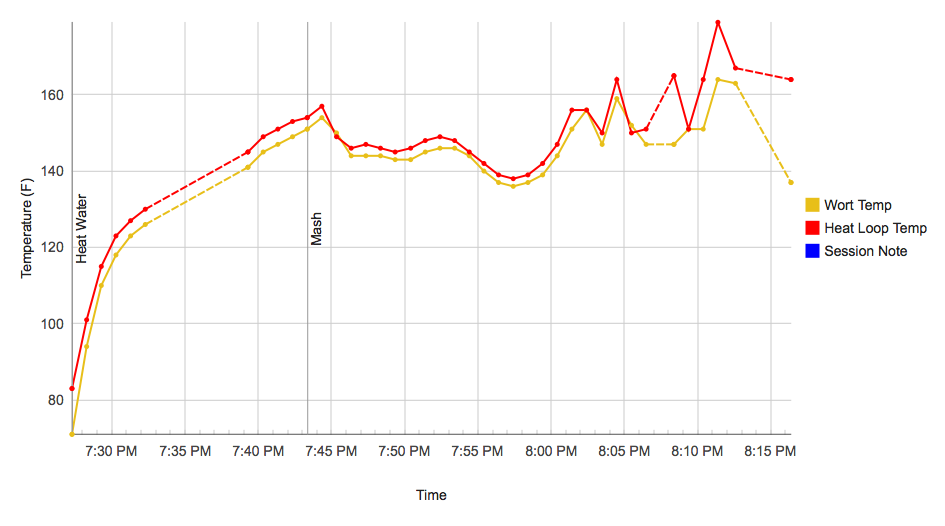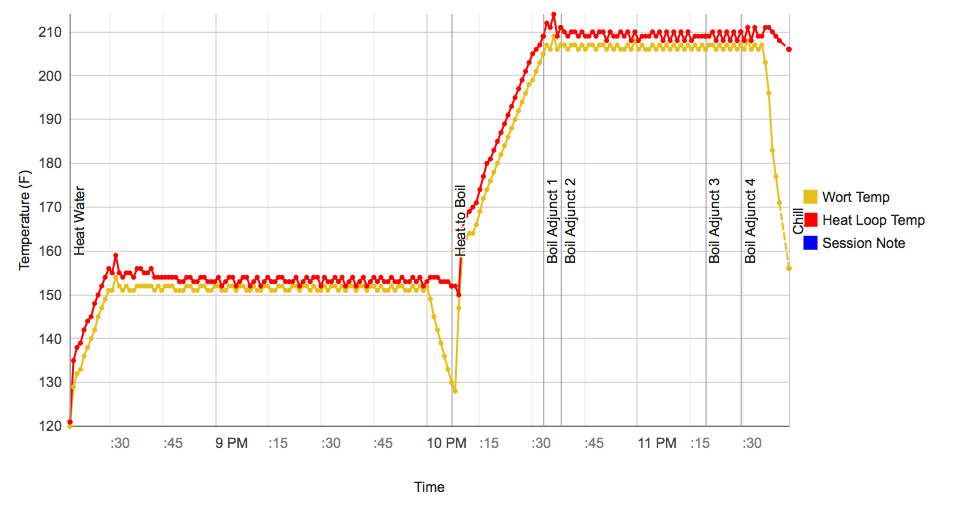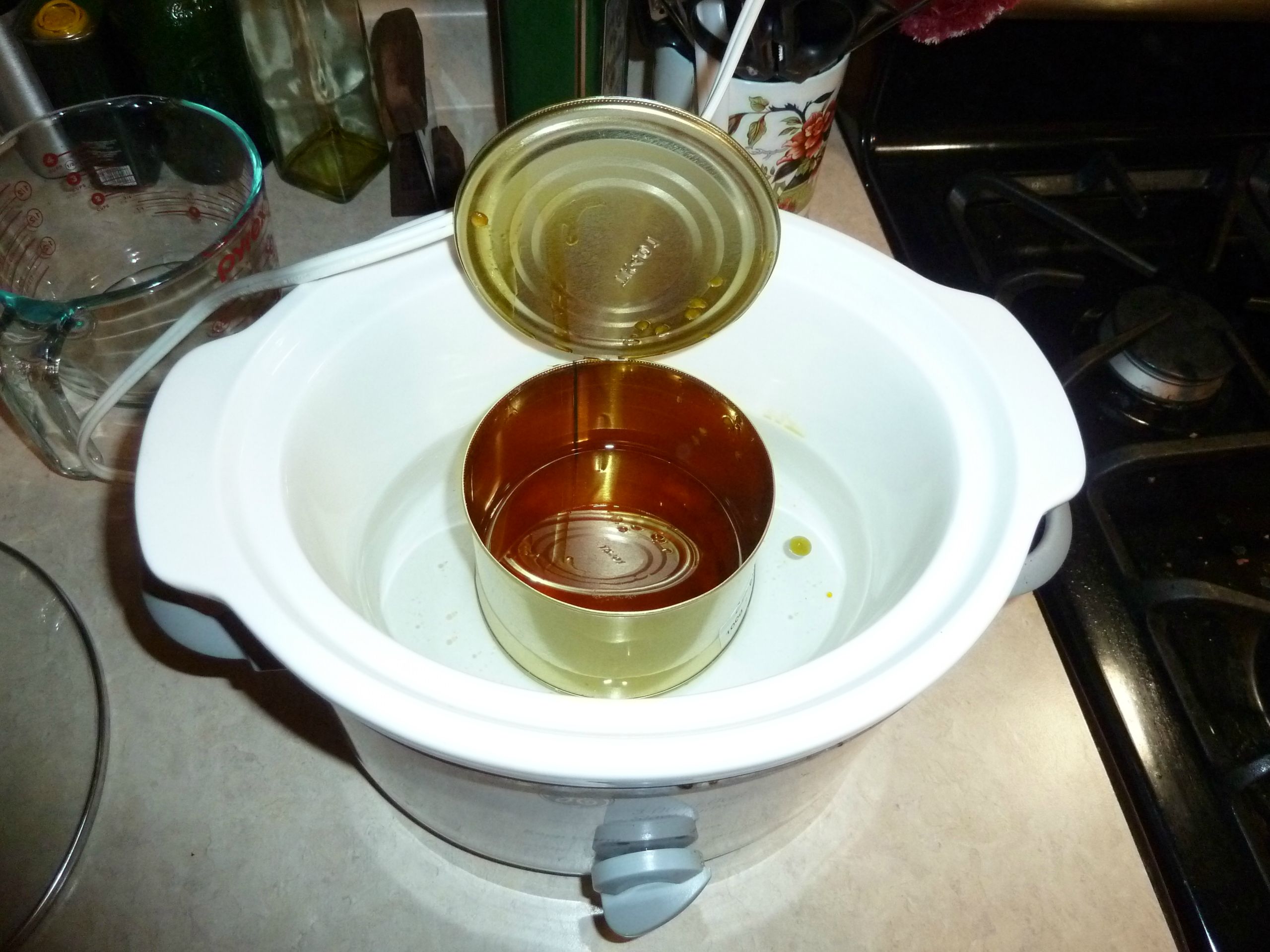My picobrew is arriving soon. I've had a eHERMS system for about five years and then gave up on it. As much as I loved to use it, it had significant limitations. First, it needed a 220V plug to hookup the heating element. I had this installed once -- but it cost quite a bit, and when we moved, I was in no hurry to pay it all over again.
The 220V was outside, so brew days were relegated to March 15 to late September. I noticed, though, that the brewing season kept getting shorter and shorter due to the weird (and unpredictable) Chicago weather, so I vowed never, ever set up my brewing outside again.
Cleanup was awful. I had a Top Tier stand, two march pumps, 2 Blichmann 20 gallon kettles, and one Blichmann 15 gallon kettle (for boiling wort), and I gradually added more and more gear -- plate chillers, whirlpool pump, hopback -- you name it. It took 2 hours to get set up and have water at the right temp, 1 hour for the mash, 1.5 hours for the boil (give or take), 30 mins for therminator cooling, and then 1.5 to 2 hours for cleanup with starsan and perfume free Oxy Clean. It wore on me.
I loved the beer -- just hated the process. The eHerms, though, was a piece of art. It worked superbly well -- and I could get my beer within a half degree of any target. If someone said to me, "I want to brew outside -- and I don't care about the cleanup -- I would recommend 100% building an eHERMS. So long as your pumps work and your copper coil was clamped tight and had no leaks, it was a touchdown. Sorta like a massive sous-vide machine. In fact, I used it a couple times to sous-vide burgers and steak when we had folks over and I hadn't yet dumped the recirculated water.
Anyway, that's a long way of saying: yeah, no matter how much folks smirk about the Picobrew -- no matter how much you want to debate the semantics of "wort machine" versus "beer machine" (which is odd, because when you think about any HERMS or RIMS setup is just that -- a super-accuratewort machine -- yet you're still making beer when you set up and kick that HERMS into high gear. But you still gotta cool down, oxygenate, and ferment -- and keep everything spotless while you're doing that) -- the picobrew was a nobrainer for me. I love the beer making process -- and I love the idea of repeating brews. It is, when you think about, another sous-vide machine -- and that's fine with me. If you've had a medium-rare sous vide steak at 134F -- and realize that's it's absolutely perfect -- and then can make the same thing 2 days later exactly as the previous steaks -- you realize, okay, I kind dig the temperature control.
My concern is how the finished beer tastes. I've read through this thread and see the various taste-tests -- and that's cool -- but I see a lot of hit-and-misses. "Tastes like plastic" -- "Tastes great" -- "Passable."
I wonder if picobrew needs to add another video about sanitation during the brew process? I know they have cleaning videos, but maybe a video just about StarSan and PBW and the importance of absolutely flawless cleaning of the kegs. I do like the idea of a closed system -- cooling down in the keg while (apparently?) oxygenating at the same time. It's nice not to have to run to Home Depot to pick up another oxygen container when you realize the one you had is empty.
Anyway, I'll start a new thread here with my own observations and photos. It's arriving in a couple days via FedEx. Meantime, I'd love to hear about more finished brews -- and if -- given the proper cleaning regiment -- the finished beers do show an element of consistency.




 so that I can keep playing with recipes
so that I can keep playing with recipes 








![Craft A Brew - Safale BE-256 Yeast - Fermentis - Belgian Ale Dry Yeast - For Belgian & Strong Ales - Ingredients for Home Brewing - Beer Making Supplies - [3 Pack]](https://m.media-amazon.com/images/I/51bcKEwQmWL._SL500_.jpg)















































